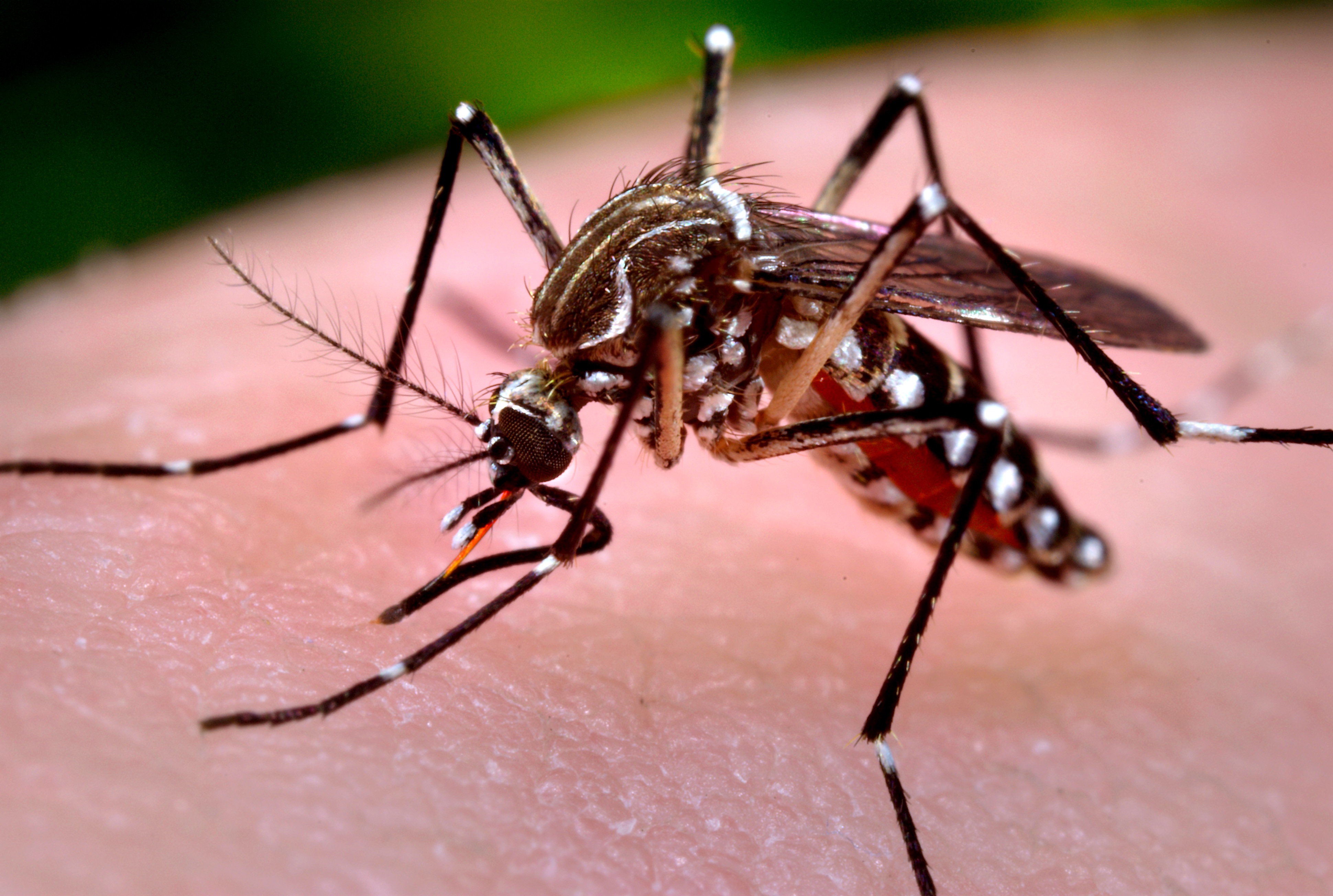Higher Zika viral loads associated with timing of symptom onset, specimen type
Children and adolescents in Puerto Rico who provided specimens in the form of serum shortly after the onset of symptoms associated with Zika virus infection had a higher viral load than those who presented later with urine specimens, according to findings published in JAMA Pediatrics.
Additionally, children and teenagers tended to exhibit more mild and unspecific symptoms of infection, including fever, headache and rash.
“First discovered in 1947, Zika virus has been reported in more than 70 countries worldwide. From November 2015 through December 2016, more than 38,000 cases of infection were reported in Puerto Rico,” Jennifer S. Read, MD, from the dengue branch within the division of vector-borne diseases in National Center for Emerging and Zoonotic Diseases at the CDC, and colleagues wrote. “Limited information is available regarding the clinical manifestations of Zika virus infection in the pediatric population or regarding concentrations of [the virus] in bodily fluids in any population.”
To identify children aged younger than 18 years included in the Sentinel Enhanced Dengue and Acute Febrile Illness Surveillance System (SEDSS) who were infected with Zika virus (ZIKV), the researchers assessed data in the system concerning children with ZIKV and have had 7 or fewer days of fever. Additionally, Read and colleagues also included information on emancipated minors aged between 14 and 17 years who presented with a generalized maculopapular rash, arthritis or arthralgia or nonpurulent conjunctivitis.

All children and teenagers who were enrolled in the system on or before Dec. 31, 2016, were included in the analysis. A ZIKV polymerase chain reaction test was used on children no later than 7 days after symptom onset. When positive specimens were available, Read and colleagues assessed these to observe viral loads.
Of the 7,191 children included in SEDSS, 351 had confirmed ZIKV. The distribution of infection was spread between 25 infants (7.1%), 69 children aged between 1 and 4 years (19.7%), 95 children aged between 5 and 9 years (27.1%) and 162 children and adolescents aged between 10 and 17 years (46.1%). Most children and adolescents (74.1%) presented for examination no more than 3 days after symptom onset. Almost all (96.9%) were discharged following evaluation.
Upon discharge, the most common symptoms experienced were fever (99.4%), rash (79.8%), facial or neck erythema (69.2%), fatigue (66.7%), headache (63.5%), chills (60.4%), pruritus (58.7%) and conjunctival hyperemia (58.1%).
Of the 349 children who provided specimens, children who provided serum specimens presented a median of 1 day sooner after the onset of symptoms (IQR, 1-2 days) than those who provided urine specimens (median, 2 days after onset; IQR, 1-3 days; P < .001). The researchers observed that when children provided both serum and urine samples, the viral load was greater in serum samples (serum median, 23,098 copies/mL; IQR, 8,784-88,242; urine median, 9,966 copies/mL; IQR, 2,815-52,774).
Although no significant differences were observed when comparing viral loads based on age, sex or disposition, the viral load observed in serum was significantly affected by when the specimen was collected after onset of symptoms (0 days: 106,788 copies/mL [IQR, 9,772-151,718]; 1 day: 46,299 copies/mL [IQR, 10,663-255,030]; 2 days: 20,678 copies/mL [IQR, 8,763-42,458]; 3 or more days: 15,901 copies/mL [IQR, 5,135-49,248]).
“Because few data have been published to date regarding the viral loads of patients infected with ZIKV, the viral load results for this pediatric cohort contribute significantly, to our knowledge, not only because of the overall characteristics of the viral load of patients infected with ZIKV but also because of factors associated with higher viral loads, including the type of specimen — serum — and fewer number of days after the onset of symptoms,” Read and colleagues wrote. – by Katherine Bortz
Disclosures: The authors report no relevant financial disclosures.

